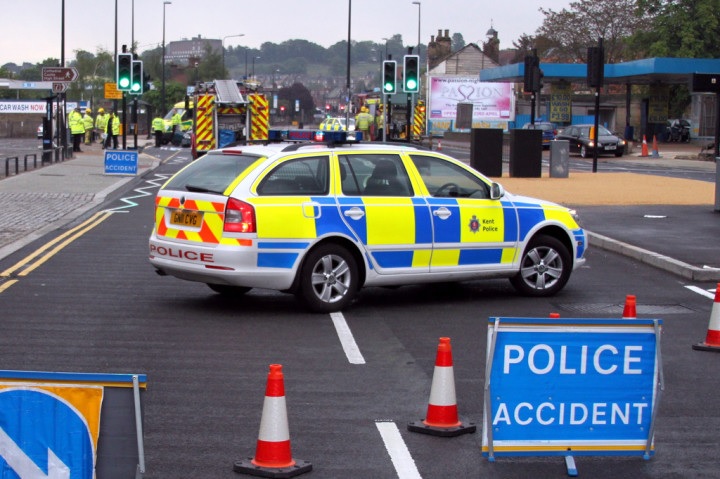
Final casualty statistics for 2018 are in line with the provisional figures published earlier in the year – showing continued stagnation when it comes to reducing road deaths.
The DfT’s annual casualty statistics, published on 26 September, show 1,784 people were killed on roads in Great Britain last year – down 1% from the 1,793 reported in 2017.
However, the 2018 figure is similar to those recorded since 2012 – when there were 1,754 road deaths.
The DfT stats also show there were 25,511 serious injuries in 2018 – up by 3% from 2017 (24,831). However, the DfT points out that this figure is not comparable to earlier years due to changes in casualty reporting methods, introduced in 2016.
In contrast, the total number of road casualties fell to its lowest level in 2018 – down 6% to 160,597.

Stakeholder reaction
Stakeholders have reacted negatively to the statistics, including the RAC, who says the latest set of data makes for disappointing reading.
Nicholas Lyes, RAC head of policy, said: “In short, there has been no meaningful reduction in fatalities at a national level for seven consecutive years now.
“While we welcome the Government’s renewed focus with the publication of its recent road safety statement, there needs to be a significant shift in policy that will result in far fewer serious collisions.”
RoSPA has expressed particular concern over a 5% rise in the number of older people (aged 60 years and over) killed on the road.
Nick Lloyd, acting head of road safety at RoSPA, said: “It is disappointing to see there has been little to no improvement in the number of fatalities on our roads.
“It is particularly concerning to see an increase in the number of older drivers and riders being killed.
“We would recommend that mature motorists seek refresher training if they are noticing any changes in their driving or riding; in fact, we recommend that all drivers and riders take regular refresher training to keep their skills up to date.”
Meanwhile, IAM RoadSmart says it is increasingly concerned that disruption to Government, in part caused by Brexit, has forced road deaths down the political agenda.
Neil Greig, IAM RoadSmart director of policy and research, said: “The uncertainty surrounding Brexit has swallowed up the attention of the decision makers for too long now, which means people are still dying on our roads at the same level as six years ago – as a developed nation, that is pretty disgraceful.
“It is really time the government renews its commitment to this issue which is affecting all communities in society, young and old, and make sure we don’t continue to kill and injure people in ways that could so easily be prevented.”
Failing to wear a seat belt a growing issue?
In 2018, car occupants accounted for 44% of road deaths (777), pedestrians 26% (456), motorcyclists 20% (354) and pedal cyclists 6% (99).
Of the 777 car occupants killed , 26% were found not to be wearing a seat belt – equating to more than 200 deaths.
It is the second consecutive year the figure has been more than a quarter – following the 27% reported in 2017.
PACTS – who earlier this year published a report on seat belt safety – says more need to be done to enforce seat belt use, reiterating its call for drivers caught committing the offence to be handed penalty points.
David Davies, executive director of PACTS, said: “The detailed road casualty figures for 2018 show, for the second year in a row, that over a quarter of people who died in cars were not wearing a seat belt.
“The Government said in response to the PACTS and Direct Line report that it would consult on penalties for not wearing a seat belt.
“We believe making it an endorsable offence with three penalty points would significantly improve enforcement and compliance. This would have public support and the Government should proceed with the consultation without delay.”
Meanwhile, the percentage of fatalities in collisions with ‘exceeding the speed limit’ or ‘travelling too fast for conditions’ as a contributory factor has fallen below 20% for the first time since 2010.
In 2018, speed was a factor in 18% of deaths – a year-on-year fall of 2% – and 6% below the 2010-14 baseline figures (24%).
Comment on this story